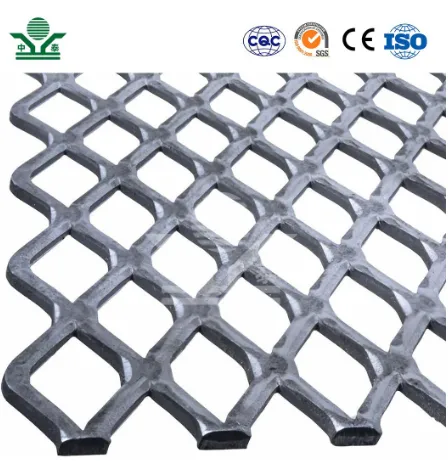Understanding Anti-Climb Barriers A Comprehensive Overview
In today’s security-conscious world, the importance of effective perimeter protection cannot be overstated. One emerging solution that has garnered significant attention is the anti-climb barrier. Particularly prevalent in high-security areas, anti-climb barriers serve as a formidable line of defense against unauthorized access to sensitive locations, such as government facilities, military bases, and critical infrastructure sites.
What Are Anti-Climb Barriers?
Anti-climb barriers are specifically designed structures aimed at thwarting trespassers who may attempt to scale them. Unlike traditional fences or walls, these barriers feature architectural designs that make climbing difficult or almost impossible. They may be made from various materials, including steel, concrete, or composite materials, and often integrate sharp edges, spikes, or other deterrents in their construction. The main goal is to create an obstacle that is not only effective but also discourages any potential intruders from attempting to breach the barrier in the first place.
Key Features and Benefits
One of the primary attributes of anti-climb barriers is their height. Typically, they stand at least eight feet tall, providing a significant physical deterrent against climbing. Additionally, many designs incorporate angled tops or overhangs that further complicate any attempts at entry. The gaps in the structure are often minimized to prevent footholds, and the materials used are usually robust enough to withstand adverse weather conditions, ensuring longevity and effectiveness.
Beyond their physical characteristics, anti-climb barriers are effective in signaling a strong security presence. Their very existence can deter would-be trespassers simply by indicating that an organization takes security seriously. This psychological effect is a crucial aspect of their overall functionality.
anti climb barrier

Applications in Various Industries
Anti-climb barriers find their applications across various sectors. In the industrial sector, they are commonly used around factories, warehouses, and storage facilities where valuable materials are kept. In the transportation sector, they are often implemented around airports and railway stations to prevent unauthorized access and enhance overall safety. Furthermore, they play a critical role in protecting government buildings, military installations, and other sensitive sites, where security protocols are paramount.
Integration with Technology
The effectiveness of anti-climb barriers can be further enhanced through integration with modern technology. Surveillance cameras, motion detectors, and alarm systems can complement the physical barrier, creating a comprehensive security system. For instance, if a person attempts to breach the anti-climb barrier, the integrated surveillance can capture the attempt, while alarms can alert security personnel immediately. This combination not only improves the chances of deterring an intrusion but also ensures a rapid response if one occurs.
Conclusion
In conclusion, anti-climb barriers represent a significant advancement in security technology, providing effective physical deterrents against unauthorized access. Their unique design, coupled with potential technological integrations, makes them a top choice for organizations needing enhanced security measures. As security threats evolve, the need for reliable and effective perimeter protection solutions like anti-climb barriers will become increasingly critical. Investing in such security measures not only protects physical assets but also safeguards the integrity and safety of the entire organization. With the right implementation, anti-climb barriers can effectively contribute to a comprehensive security strategy, fostering a safer environment for all.
-
Why Galvanized Trench Cover Steel Grating Resists Corrosion
NewsJul.10,2025
-
The Versatility and Strength of Stainless Expanded Metal Mesh
NewsJul.10,2025
-
Load Calculations in Steel Grating Platforms
NewsJul.10,2025
-
Keeping Pets and Kids Safe with Chicken Wire Deck Railing
NewsJul.10,2025
-
Hole Diameter and Pitch for Round Perforated Metal Sheets
NewsJul.10,2025
-
Aluminium Diamond Mesh in Modern Architecture
NewsJul.10,2025
Subscribe now!
Stay up to date with the latest on Fry Steeland industry news.

